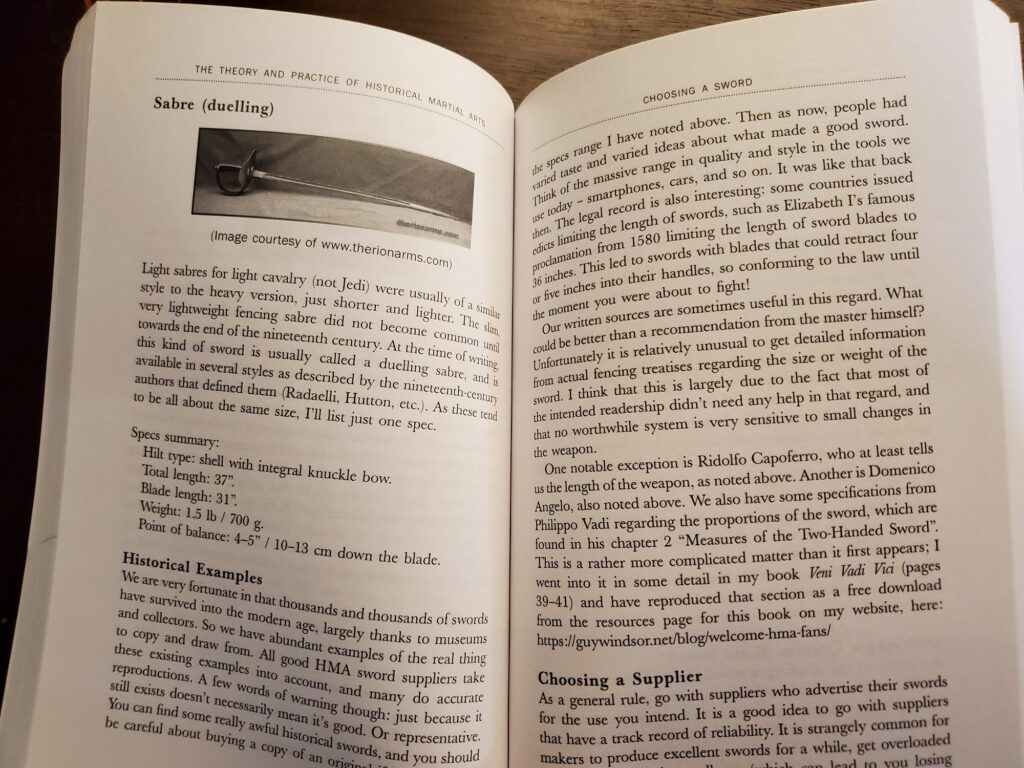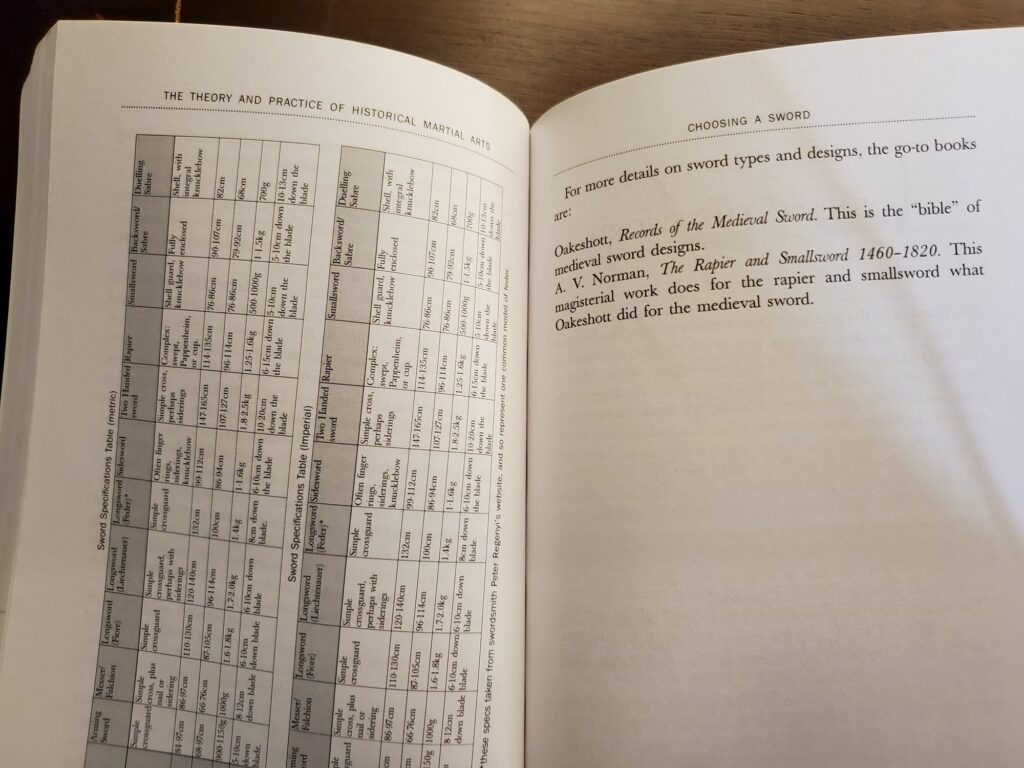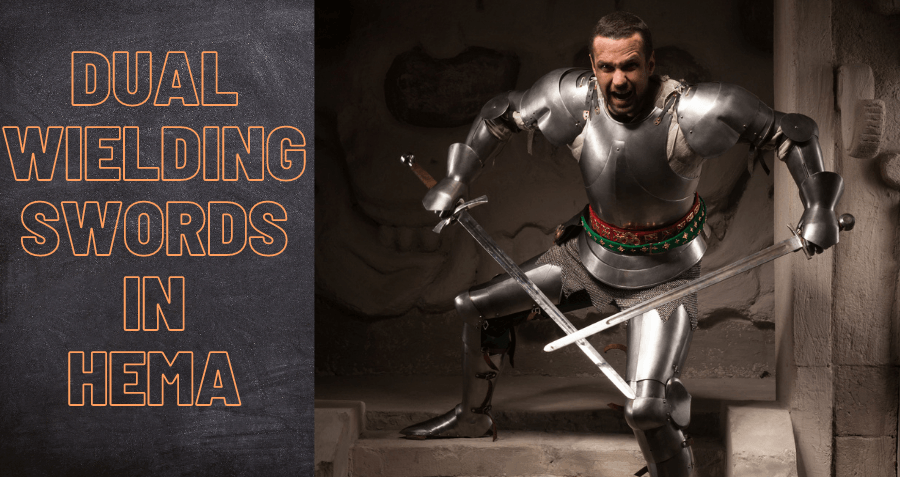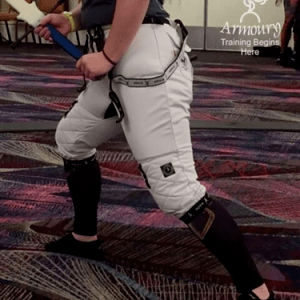This is a review for the Historical European Martial Arts (HEMA) book The Theory and Practice of Historical Martial Arts by Guy Windsor, published in 2018 by Spada Press. It contains 343 pages. The book is a guide for newcomers to historical martial arts, in particular those from the European medieval and Renaissance period which is the focus of Windsor’s own studies as a teacher of Italian long sword and rapier fencing traditions.
The Theory and Practice of Historical Martial Arts begins with an introduction where Windsor relates some background biographical information about himself and how he became involved in the early days of the reconstruction of historical fencing in Edinburg and later as a member of the Dawn Duellists Society (as a side note, we mention some of these events and others who were involved in our History of the HEMA Movement timeline article, for those interested in more information about the early days of the HEMA community). Windsor then moves on to discuss his ideas on reconstructing lost martial traditions, with express references to a model inspired by the works of Ridolfo Capoferro in Gran Simulacro dell’Arte e dell’Uso della Scherma (Italian: “The Great Representation of the Art and the Use of Fencing”) and from which Windsor homages the title of his own book. Windsor builds upon this however, placing things into context for the modern student. Some of Windsor’s advice utilizes modern scientifically based training methodology that more ancient people studying fencing would not be aware of, as well as referencing other fencing masters that would have been unknown to Capoferro such as George Silver, as well as material from Asian martial traditions and philosophies. This material is incorporated throughout the book, covering everything from his suggestions on body mechanics, breathing and even philosophies on why swordsmanship is important to study for people even today.
Windsor has framed the book around seven principles of mastery which are introduced early but then revisited throughout the book, and explains them using terms and references that are accessible to newcomers living in the modern age, with comparisons to things such as playing video games to make his lessons accessible. It is a book written not for the academic (although it surely has many citations and contains excellent research within it) but more for the individual seeking practical application of historical swordsmanship and martial arts, and developing skill and technique. It also contains a chapter devoted to how to select and choose a fencing sword for the style of martial arts you wish to study. This chapter has some helpful charts to use as reference points when having custom weapons created for your particular style and he also references advice from historical masters in addition to Windsor’s own personal experiences as an instructor in swordsmanship for over twenty years.


Another highlight of the book is the chapter Windsor writes that lays out his beliefs on how to recreate historical martial arts from surviving historical sources, an area he has a great deal of experience with, and provides advice on how to interpret translations from the original languages these texts were written in. Windsor also describes his pedagogy for how to teach HEMA to students in the modern world which is useful advice for coaches, teachers and instructors of historical sword fencing.
In summary the book is an excellent piece of HEMA specific advice for the historical fencer whether you are a new student or someone seeking more advice in how to start your own HEMA club, which Windsor also provides a dedicated chapter to discussing.
We hope this review for the Historical European Martial Arts (HEMA) book The Theory and Practice of Historical Martial Arts by Guy Windsor is useful to you and that you will add it to your HEMA library.
****
If you’d like to learn more information about historical fencing practices please check out our Learn HEMA page for a guide to learning about the historical weapon that interests you. You can also find more guides we’ve written about other topics at our Helpful Guides page.


















